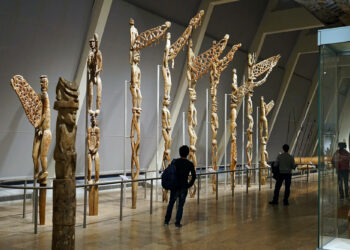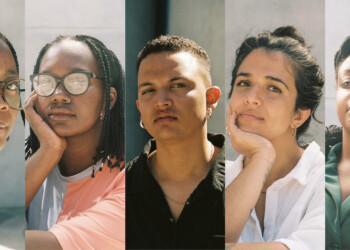Google Arts & Culture hosted an event at the Phansi museum in Durban to announce a new partnership titled ‘I Am Because You Are: A Celebration of South African Creativity’. The online collaboration is with the Phansi Museum and 8 other institutions across South Africa.
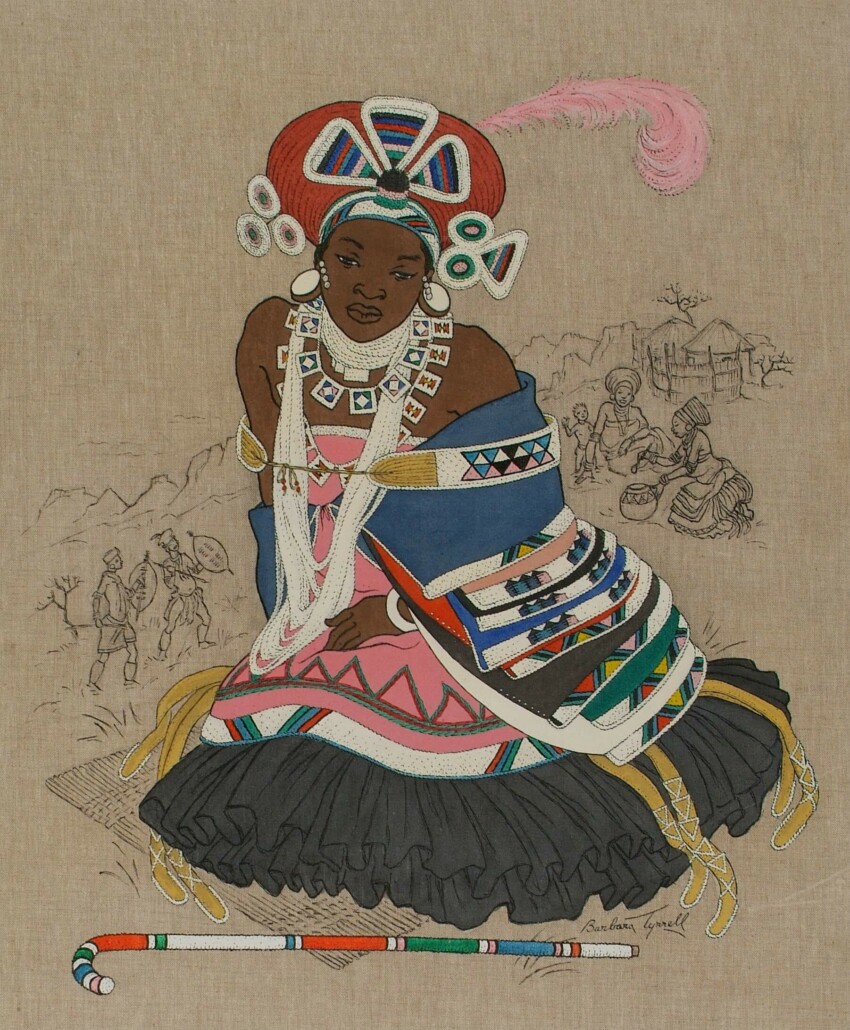
Other than a series of black and white photos taken in the 1930 there was very little information on how the indigenous communities of South Africa dressed and lived, until a young fashion designer named Barbara Turrell from the Eastern Cape decided in the 1950s to put that right. She searched out all the different tribes and clans in southern Africa in her VW Combi. With her skills and perseverance and suitable funded she produced two wonderful books that have become the reference books for historians fashion designers and artlovers. This picture represents a young married women from Amangwe people near the Drakensberg wearing her amazing cape of many layers all beaded and presented by her friends. Courtesy of the Phansa Museum.
The project, which aims to celebrate the people of South Africa through traditional, ancient and contemporary art, brings online, for the first time, one of Africa’s biggest traditional art collections, housed at the Phansi museum.
Amit Sood, Director of Google Arts & Culture is thrilled by the latest partnership with a South African organisation. “Thanks to our digitisation effort with the Phansi Museum, this hub will help us bring cultural treasures, inspiring stories about art, crafts to the people of South Africa and in the process, assist in the further development of the arts landscape in the country,” he said.
“So far this is our largest collection in South Africa, bringing online more than 5000 artefacts for the first time. I hope art lovers, not only in South Africa, but also around the world will join the celebration to discover and explore the rich traditions and cultural wealth of this nation using our newly created platform,” he added.
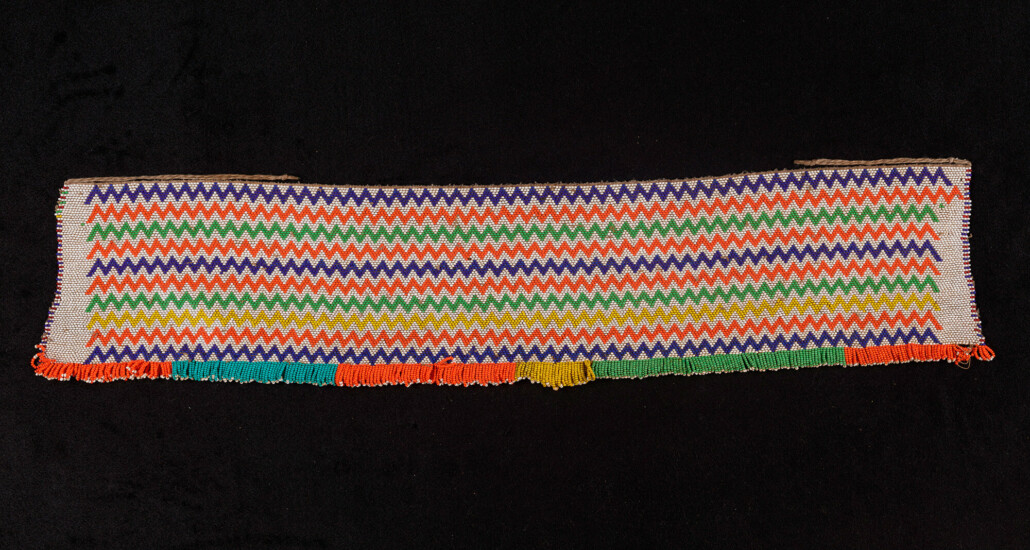
The married women of Tsonga Shangane people of the northeast of South Africa use any opportunity to wear the short multi layered dancing skirt decorated with numerous panels of beadwork attached with safety pins. Courtesy of the Phansa Museum.
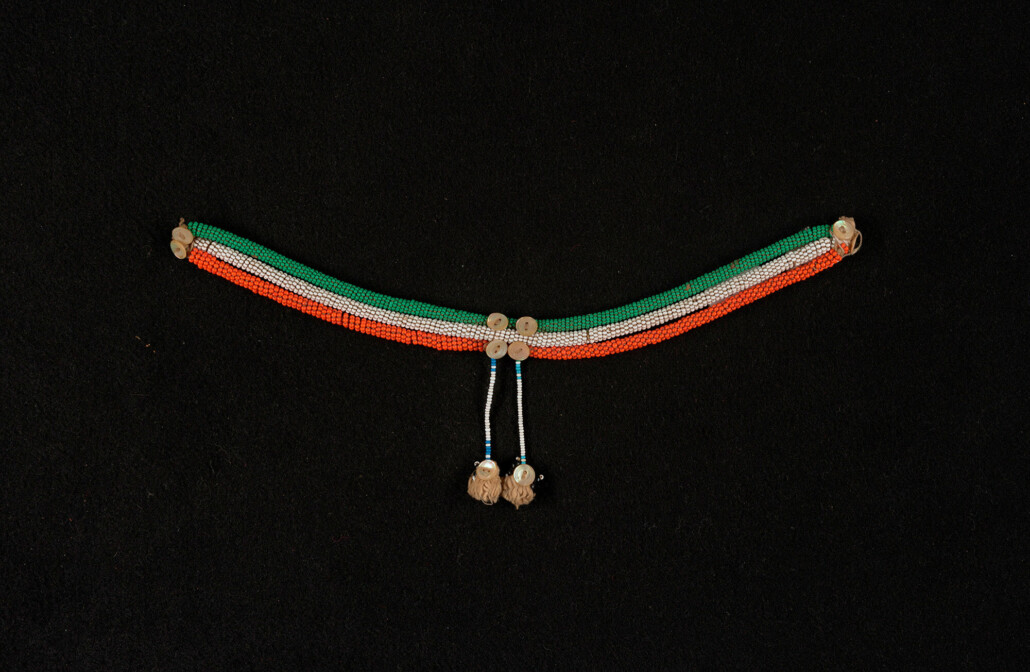
The distinct differences of the related Zulu and Xhosa speaking people, is in the way they dress. The first image is a beaded necklace that celebrates the neck and the cleavage of the breasts. The second two images of a young girls pubic made beautiful frontal apron. Both clearly show the clear relationship to the Zulu Royal House. The shield converted to triangles and great artistry. Courtesy of the Phansa Museum.
Phansi museum founder and Director, Paul Mikula, has for many years travelled the world collecting some of the artefacts that form part of the collection. He is happy to finally see all the hard work bearing results. “It has been a long journey to get this project to this point, three of those years have been working with Google and we are proud to be partners. We hope this will allow our work to be seen and enjoyed by Africans in the diaspora but also by the world at large,” he said.
Dr. Alistair Mokoena, Country Director for Google South Africa celebrated the fact that the public can now access, explore and discover the stories behind the museum through immersive tours and curated online exhibits, especially as South Africans mark Heritage Day this weekend.
“Our goal has always been to bring the world’s culture online for everyone – allowing individuals to experience it in new ways. This project has been three years in the making and we are thrilled to be able to bring over 5000 high-resolution images , five museum views and 10 online exhibits digitally, to the public through Phansi museum’s bespoke page on the Google Arts & Culture website.”
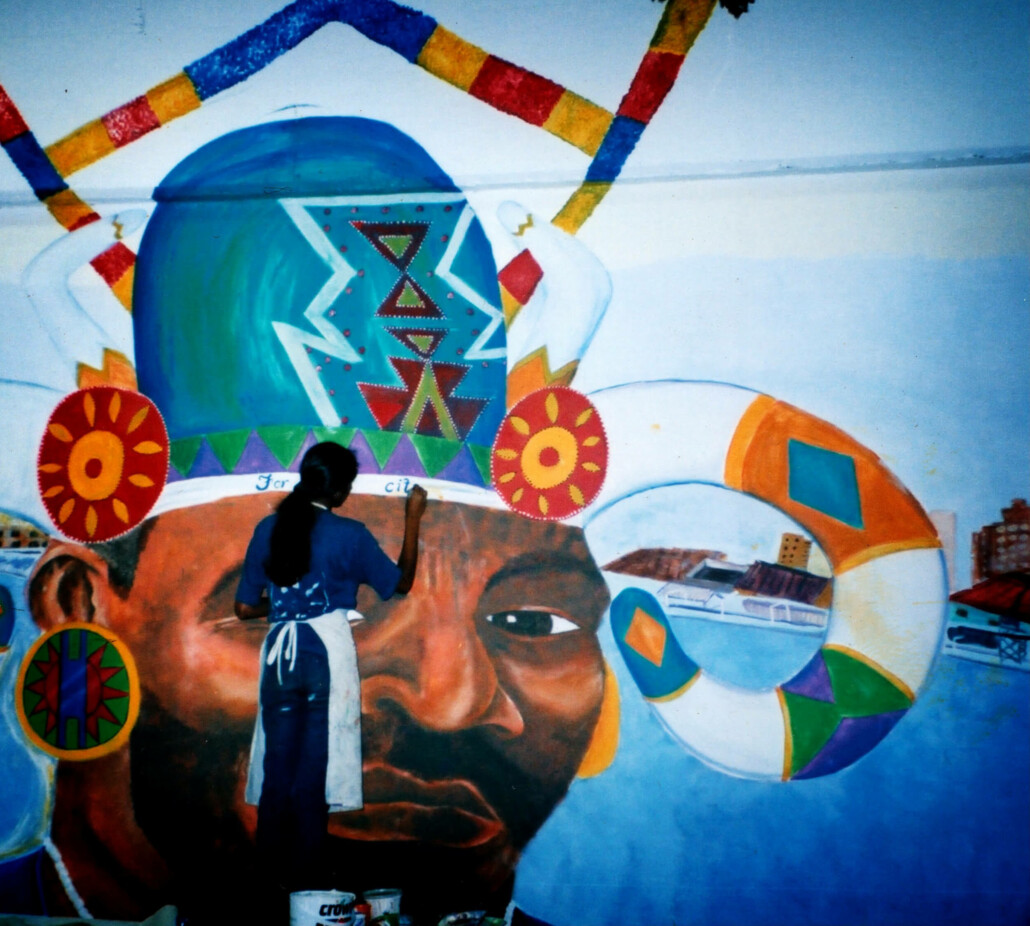
In the middle of Durban stood the Cities Jail that housed about every local freedom fighter before the revolution. With the arrival of Democracy the city built an international conference centre of shiny glass and steel on the land. They agreed to leave a part of the wall of the prison to act as a memory of the struggle. A group called Community Murals Project consisting of about 30 artists representing young people from all race groups painted various murals until the final South African Constitution had been agreed. Courtesy of the Phansa Museum.
The project includes new stories from the University of Pretoria, which celebrate South African women, 8 new virtual tours from South African Tourism and Johannesburg Art Gallery, and expertly curated stories from some of South Africa’s most important museums and institutions and platforms including the Origins Centre and Social Fabric.
“We are excited to see how this latest project is received. South Africa has a deep and varied history. It remains our main purpose, like with other cultures around the world, to continue preserving these treasures, making them accessible to anyone, anywhere,” concludes Mokoena.

